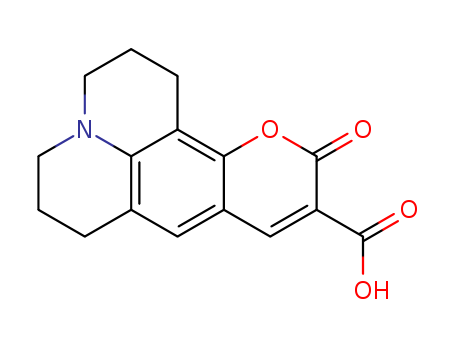10.1021/ja027110l
This research aims to develop a novel off/on fluorescent chemosensor for the selective detection of histidine, an important amino acid in biochemistry and molecular biology. The study introduces a "chemosensing ensemble" approach, where a fluorescent indicator is bound to a receptor through noncovalent interactions, and the receptor quenches the indicator's fluorescence. When histidine is added, it displaces the indicator, restoring its fluorescence and signaling histidine's presence. The receptor used is the [CuII2(1)]4+ complex, which can interact with histidine's imidazole residue through CuII ions, providing selective recognition over other amino acids. The researchers tested three fluorescent indicators—coumarine 343, fluorescein, and eosine Y—with eosine Y showing the highest selectivity for histidine. The study concludes that the choice of fluorescent indicator is crucial for achieving selectivity in sensing, and the [CuII2(1)]4+/eosine Y ensemble provides the best discrimination of histidine from other amino acids. This work demonstrates a new strategy for designing selective fluorescent sensors for amino acids, which could have significant applications in biochemical analysis and molecular biology.



 Xn
Xn


